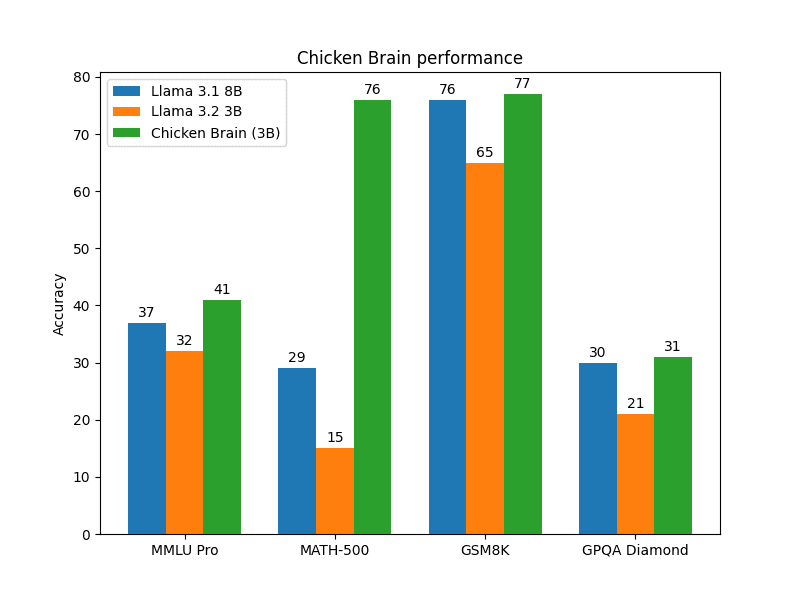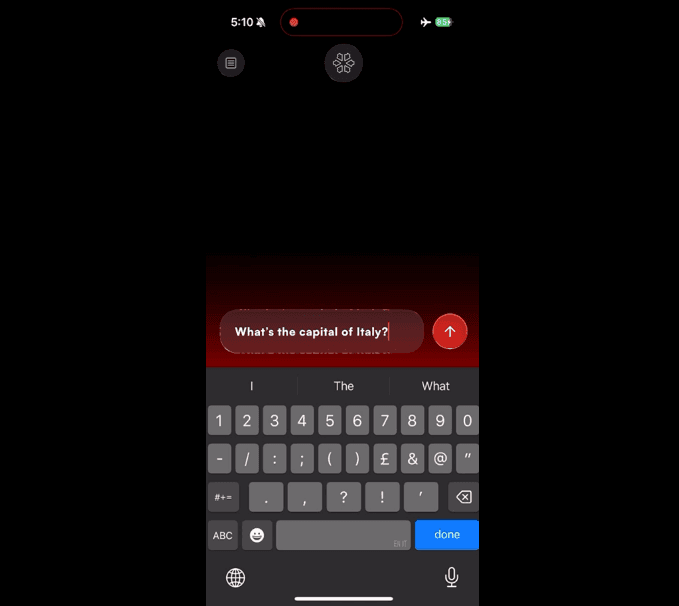Most people think shrinking language models means sacrificing performance. Multiverse Computing changes that, and today we’re showing the world just how small highly-performant AI models can be.
Following the release of a series of CompactifAI Slim models over the past several months, Multiverse is proud to unveil the Model Zoo, a new family of nano models that fundamentally debunks the assumption that full-power LLMs can’t run locally, and bigger = better AI models.
Each model in the Model Zoo is named for the animal brain it could theoretically fit into—not as a gimmick, but as a concrete measure of just how small a sophisticated model can physically get.
The first two nano model releases, ChickenBrain and SuperFly by CompactifAI, represent a significant step forward in the AI industry's quest for leaner, greener and more efficient AI, and open up immediate, practical new domains for AI models.
ChickenBrain: Compressed Version of Llama 3.1 8B Outperforms Original
ChickenBrain is a compressed version of Meta’s Llama 3.1 model. This nano model with reasoning capabilities could theoretically run on hardware the size of a chicken’s brain (3,700 times smaller than what is typically required).
When tested on a Macbook Pro and Raspberry Pi, ChickenBrain exceeded theperformance of Llama 3.1 8B across benchmarks—MMLU Pro, MATH500, GSM8K, and GPQA Diamond.

ChickenBrain is definitive proof that compressed models can outperform original versions, debunking conventional thinking about the size-performance tradeoff.
SuperFly: Conversational AI, Anywhere
SuperFly is a compressed version of the open-source model SmolLM2 135. It has 94M parameters and is so minuscule that it can reside within the tiny neural architecture of two common flies (15,000 times smaller than a chicken brain).
Despite its compact size, the model maintains conversational fluency similar to larger AI systems. Super Fly’s small footprint makes it possible to run locally on any device without requiring internet connection.
Immediate potential applications include:
- Smart appliances. Super Fly can be embedded into home appliances such as refrigerators or washing machines. Instead of navigating complex control panels, users can interact with appliances through natural language, such as "Start a quick wash" or "Set the fridge to vacation mode" for intuitive, hands-free control.
- Reliable automotive AI. Super Fly can be deployed directly on a vehicle’s onboard system. Drivers can interact with their cars to manage tasks like climate control, navigation, or audio settings all without relying on cellular connectivity. This is especially valuable when traveling through tunnels, remote areas, or regions with poor network coverage.
While Others Optimize, We Revolutionize
While the rest of the AI industry rallies around techniques like quantization, pruning, and knowledge distillation to combat the AI energy crisis, Multiverse’s novel, quantum-inspired approach has delivered a technical breakthrough with cascading effects.
The future of AI does not lie in ever-larger models and increasingly demanding hardware. It lies in ingenuity and new techniques that challenge the status quo.
ChickenBrain and Super Fly are available here by private request. Model Zoo nano models will be available via the CompactifAI API in the coming months.
Stay tuned for updates as Multiverse Computing continues to deliver the smallest and most powerful AI models in the world.
